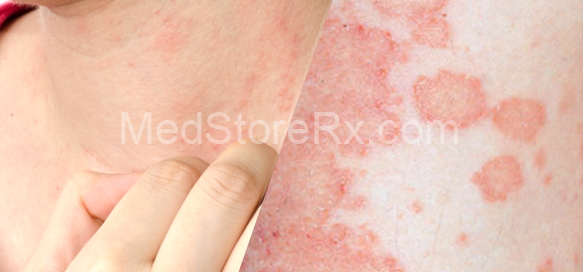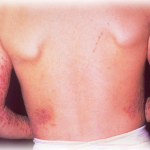As the environment has its own way of changing its nature, same is the case with the human body. Atmospheric changes bring on various infections that can create a negative impact on one’s health. Health experts claim that people fall prey to certain bacterial infections and that occurs due to invasion of pathogenic bacteria in the body.
 Not only they invade the human body, but also secrete and release harmful toxins that create an awful impact on the important tissue, which further produces generalized and localized signs and symptoms.
Not only they invade the human body, but also secrete and release harmful toxins that create an awful impact on the important tissue, which further produces generalized and localized signs and symptoms.
What happens in bacterial infection?
The pathogenic microbes enter the body through different orifices of the body, including skin, the major part of the human body. Once the bacteria enter the body, they target few important organs and tissues, proliferate itself, and release toxins; thereby, leading to inflammation. Skin being the most vulnerable part; it gets infected and inflamed causing eruptions, redness, burning, pain, tenderness and swelling, which is often termed as Eczema or Infective Dermatitis. Hence, many physicians warn us to take special care of the skin to ward off bacterial infection. Severe infections can lead to more serious conditions like Gangrene, Cellulitis, etc.
When a harmful bacterium enters the bodily tissues, it resides there and releases harmful toxins that leads to dermatitis (inflammation of skin), abrasions, carbuncles, boils, etc. that further gives rise to severe form of infections, such as Cellulitis and Gangrene, wherein the affected part is amputated to ward off septic conditions. The acute bacterial skin infections such as Erysipelas can lead to fever with chills, skin rash, generalized weakness, etc.
Healthcare professionals explain that certain pathogenic germs which are called as Streptococcus Pyogenes and Staphylococcus Aureus are responsible for bacterial skin infections. These germs are often found on the skin surface, and are harmless there; but if they invade the body tissue, they can really create a hazardous impact on the structures and functions of skin. Therefore, medical experts emphasize more on preventive aspects of averting bacterial infections, such as washing your hand thoroughly before eating and after coming from outdoors.
Are skin infections contagious?
Yes! To some extent they are. Impetigo is one of the most common contagious bacterial skin infections, and it is mostly seen in children, may be due to underdeveloped immune system. Severe form of impetigo can lead to intense inflammation that can damage the connective tissue and other skin structures, causing excruciating pain, swelling of the affected part, fever with rigors and generalized weakness.
The most hazardous impact of pathogenic bacteria on skin is Gangrene, where in the affected part is damaged to such an extent where amputation becomes mandatory. Untreated gangrene can give rise to septic condition that may ultimately lead to death. Uncontrolled diabetic subjects are prone to such type of bacterial skin infections.
How to tackle them?
There are number of medications to treat bacterial skin infections as more and more numbers of synthetic antibiotics are established. Antibiotics are available in different forms, such as tablets, capsules, creams, ointments, injections, etc. Typically, there are two types of antibiotics viz. bacteriostatic and bactericidal. Bacteriostatics are those which inhibit the bacterial growth and stop them from releasing toxins, whereas bactericidals destroy the bacteria. Conventional antibiotics like Generic Ampicillin, Generic Zithromax, Generic Bactrim, Generic Augmentin, etc. are helpful in getting rid of bacterial skin infection. Remember, treatment with antibiotic should be employed after consulting the healthcare practitioner.
At the same time, it is highly essential to take care of your skin by implementing few basic preventive measures; consult the dermatologist or cosmetologist for the same.


 Cart : 0 items - $0.00
Cart : 0 items - $0.00










